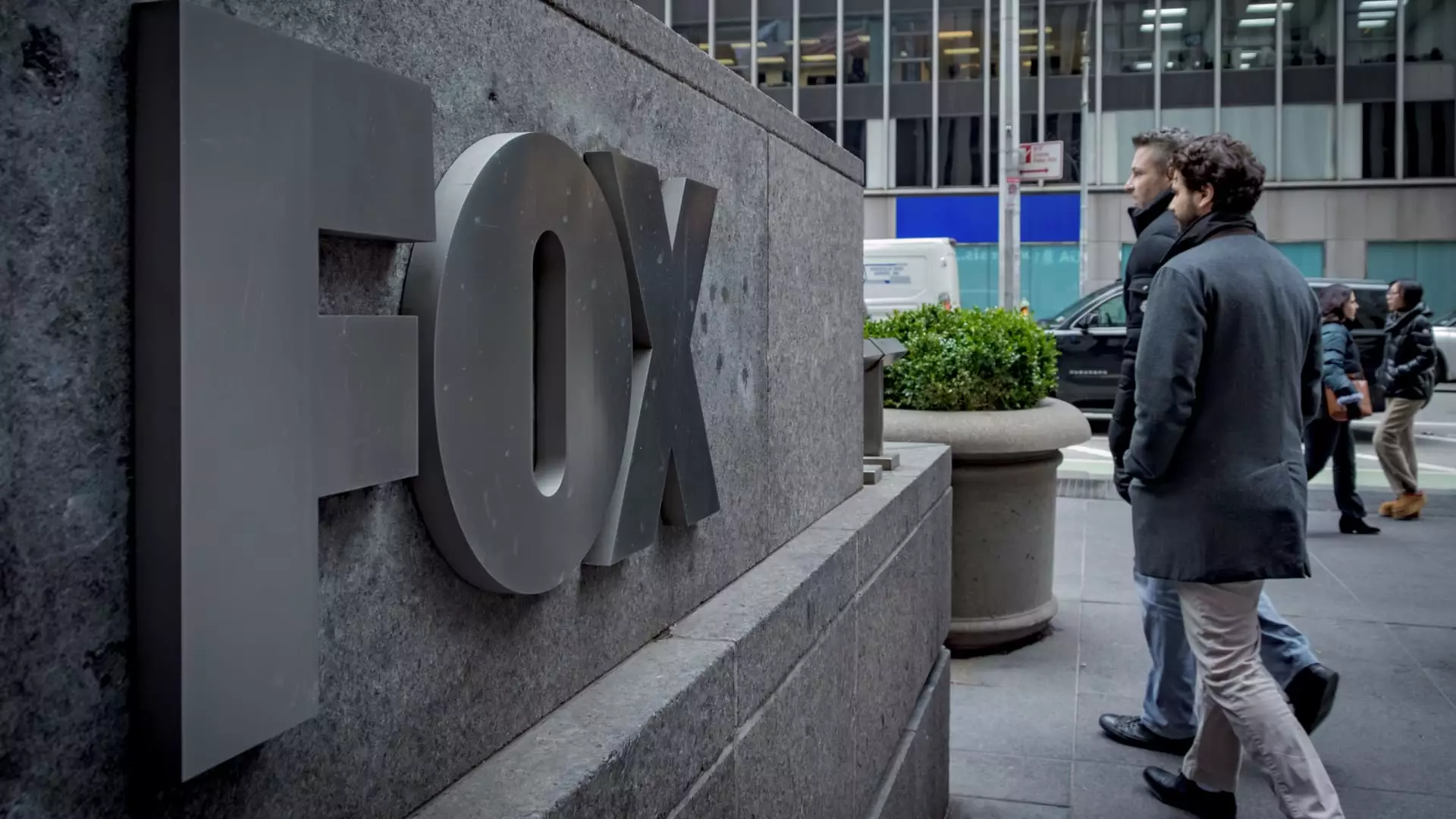In an audacious bid to catch up with its competitors, Fox Corp. has announced the upcoming launch of its direct-to-consumer streaming service, Fox One, just before the National Football League (NFL) season kicks off. This bold decision, articulated by CEO Lachlan Murdoch, comes amid fierce competition in a rapidly evolving media landscape where traditional television is increasingly eclipsed by streaming giants. While the details surrounding pricing remain hush-hush, the tone of this announcement is clear: Fox is trying to retain its ground by ensuring that its loyal cable subscribers feel valued while attempting to attract new fans who prefer the versatility of streaming. However, one must ask: is this strategy a reflection of prudence or desperation?
The Price Dilemma: Balancing Act or Baleful Misstep?
Lachlan Murdoch hinted that the pricing for Fox One would mirror what pay-TV distributors currently pay, labeling it as “healthy” but warning against a discounted service. This assertion evokes a twofold reaction. On one hand, it exudes confidence; after all, Murdoch insists that a failed subscription model would not only indicate mismanagement but would also expose Fox’s vulnerability in the streaming jungle. Yet, it raises eyebrows regarding whether or not a premium-priced service can compete in an era when consumers expect lower costs and greater flexibility, fueled by players like Netflix and Disney+. If past trends are any indication, Fox could be signaling a reluctance to adapt to the changing dynamics of viewer engagement—an expensive miscalculation, perhaps.
Retention Strategy: Awakening the Cable Subscriber
Murdoch’s declaration that the new streaming service would be bundled with existing cable subscriptions aims to appease both traditional viewers and the potential new demographic lured by streaming. This strategy resembles efforts made by legacy companies to hold onto their subscriber base in a changing world, but one must wonder if this is more of a shield against the inevitable decline of cable television, rather than a genuine effort to innovate. As viewer preferences shift to tailored and on-demand content, clinging to bundles could become a double-edged sword, leaving traditional cable subscribers with cookie-cutter options while newer entrants in the market thrive on customization and personal choice.
Relative Performance: A Response to Market Pressure
Examining Fox’s recent revenue earnings—$4.37 billion, driven largely by the Super Bowl—provides context for their urgent pivot into streaming. While a 27% increase is impressive, it is essential to question whether these figures represent a sustainable model or a one-time event bolstered by nostalgic fanfare. The 65% increase in advertising revenue looks promising on paper, but reliance on sporadic events like the Super Bowl could be detrimental in the long run. It remains critical for Fox to build a robust and ongoing engagement with a continual stream of content—not just sporadic spikes in engagement. The recycling of traditional viewers—who may play favorites depending on the season—will only go so far.
Comparative Positioning: The Need for Unique Content
In contrast to Warner Bros. Discovery and Disney’s ESPN, both of which have made strides with their own streaming offerings, Fox seems to be playing catch-up. With its competitors already showcasing their sports portfolios through dedicated platforms, the pressure is mounting for Fox One to distinguish itself through unique content offerings rather than merely existing viewer favorites. Will Fox strike partnerships that will diversify its streaming content? Or will they revert to safe routes by regurgitating existing shows and sports? This question remains unanswered, but the necessity for inventive, compelling content in a market saturated with options has never been more pressing.
In navigating the tumultuous waters of the streaming revolution, Fox Corp. faces both a challenge and an opportunity. The path may be fraught with pitfalls, but with a robust plan and sincere engagement with its subscribers, they could potentially recalibrate their trajectory. However, if they remain entrenched in outdated styles of audience engagement and price strategies, they may find themselves merely a footnote in the annals of entertainment evolution. One can only watch as the streaming saga unfolds, with Fox at a critical crossroads.

